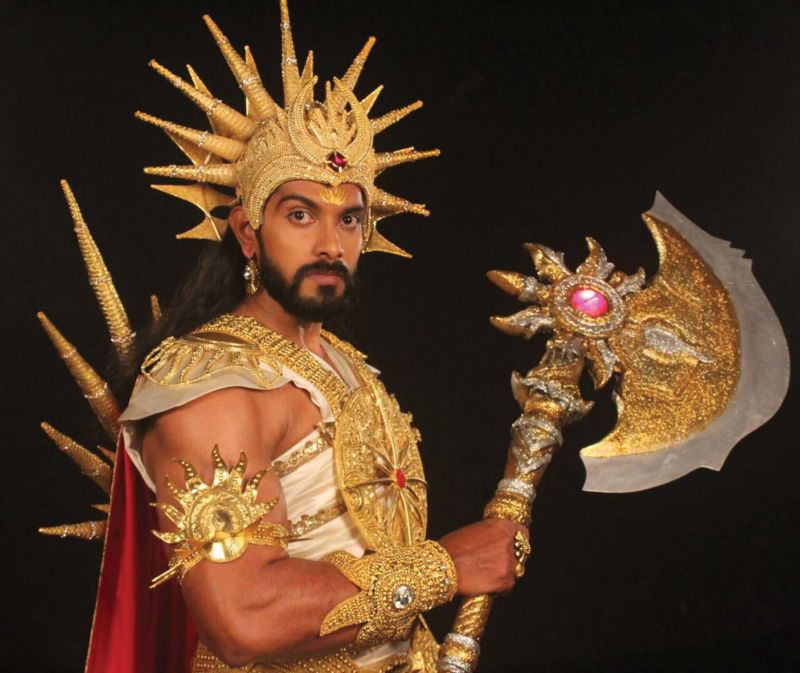A Soliloquy that goes on & on

It’s a ‘soliloquy’ all the way. This act of speaking one’s thoughts aloud by oneself, regardless of any listeners, is being adapted onto the small screen with alacrity. From monologues in plays, to telly time, this dialogue with oneself has crept into the small world with a huge noise. If you are finding such ‘self talk’ hard to understand, try and recollect an incident of a character in a teleserial wherein he or she talks to herself aloud, all this done so that the audience gets to know all about the plans and evil schemes of characters! Bengaluru Chronicle reports on the voice selfies on small screen.
 Nikhila
Nikhila
“It may ‘sound’ strange but it is an essential part of making the audience understand the intent of a character. However, anything which comes in excess is always unpleasant, isn’t it? Which seems to be the case in point on television now. Ever the since the early days of theatres when there were no modern acoustics available, an actor had to use his voice to reach out to everyone in the audience at open theatre set ups, then it was moved into a closed set-up, and then later the sound systems lent them voice decibels,” says Naveen Kumar, a TV artist.

However, Naveen feels that most serial makers tend to make such acts even more melodramatic by making these soliloquys much longer solo acts, which at times makes the scene very disjointed.

“In feature films, the technicians use voice-over effects, and rarely use them unless the scene demands it. A majority of the vamps or antagonists in current teleserials are always seen talking to oneself and it is amusing to see them in a state of confusion, shock and anger all the time,” says Vedanth, a cinematographer who works on short films.
Almost all the characters today are prone to ‘soliloquys’ but it is some interesting characters like Jagadeesh in Puttagwori Maduve who is mostly seen talking to himself, especially after the character of his wife passed away. Even the popular antagonist Sitara from Radha Ramana is usually seen scheming her evil plans aloud, speaking to herself in privacy.
“It can also be an act of dragging things further in a serial’s storyline, which is why any such attempt to stretch the number of episodes is more popular in television,” wraps up TV artist Shankar.

